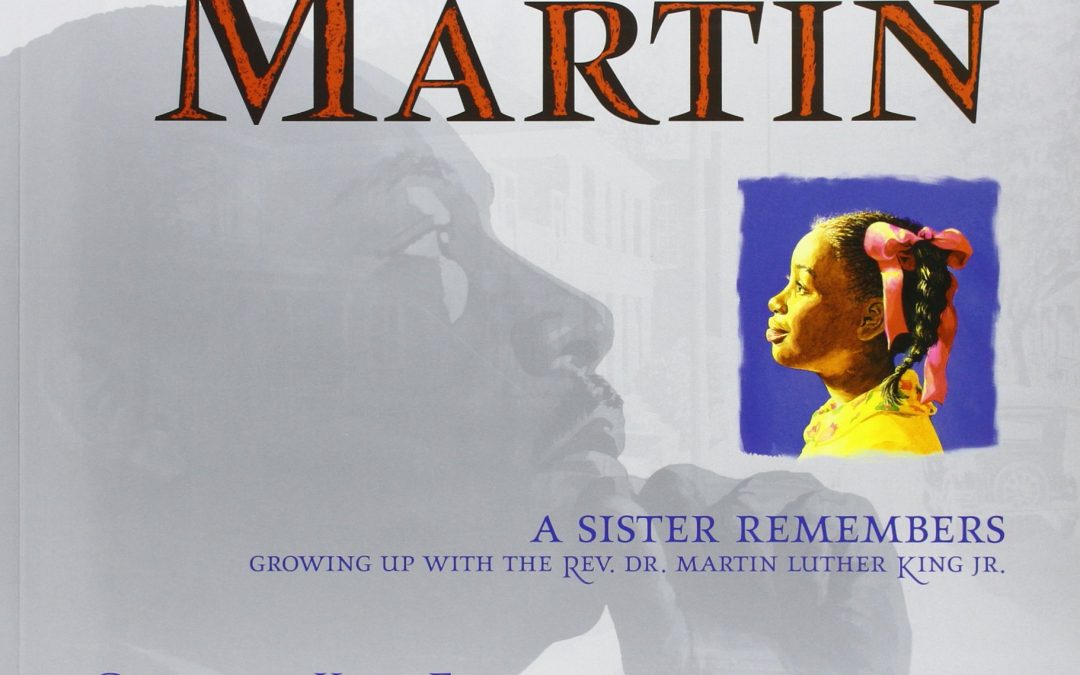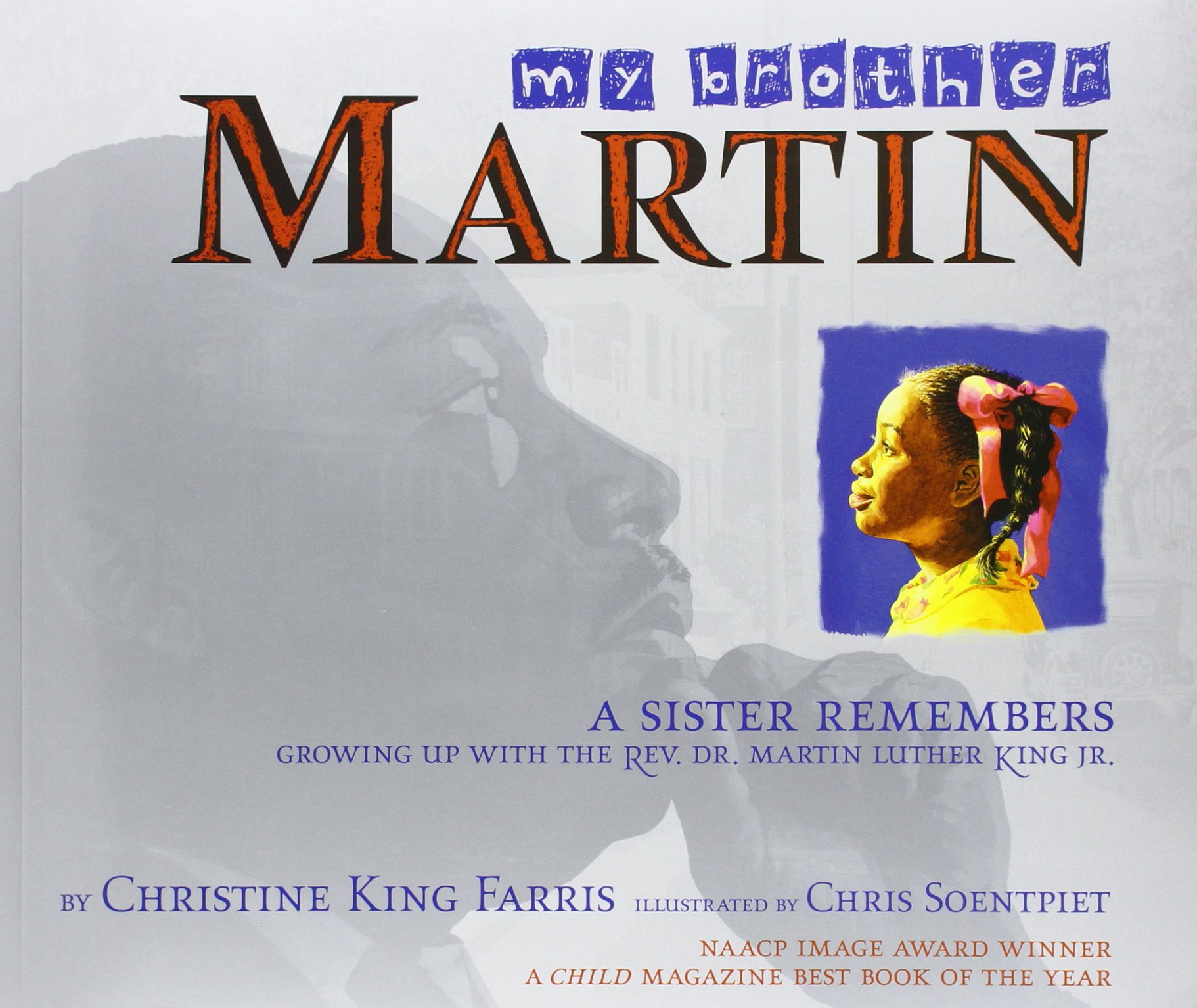The Radical Agenda may utilize affiliate links for recommended books and resources. This means we may earn a small commission from clicks or purchases through those links at no cost to you. We only recommend products and services we believe in. All opinions shared are entirely our own. Thank you for supporting The Radical Agenda!
“Mother Dear, one day I’m going to turn this world upside down.
My Brother Martin: A Sister Remembers Growing Up With the Rev. Dr. Martin Luther King, Jr. by Christine King Farris was a fascinating read for a children’s book, since it was written with the perspective of a sibling. She spent the first several pages describing a childhood full of a loving family, interspersed with experiencing racism.
Once the children were old enough to understand the concept of racism, Christine writes how it is burned into her memory how he declared “Mother Dear, one day I’m going to turn this world upside down.”
But perhaps the best part about the book about Martin is that it’s about Martin – not the Rev. Dr. Martin Luther King, Jr. The stories she shared were about growing up with her siblings, and learning how to navigate racism by watching her father stand up for his own dignity.
It was refreshing to read a biography, written for children, about the childhood of an important person in history.
Themes
Children Go Through Hard Things
Addressing racism with children can be uncomfortable, but it is extremely important to me that I share the realities of how other people – other children their ages – experience racism. It is not sugar-coated for the children who have to experience it, it should not be sugar-coated for my own children. I would much rather make myself uncomfortable to make sure my boys understand how racist ideas effect how people are treated, than to pretend it didn’t or no longer exists and have them perpetuate micro-aggressions against others.
Conversations
My boys and I talked a lot about how it would feel if people treated them the way children and other adults treated Martin and his family. From there, it was a natural flow to talking about how treating people with dignity means acknowledging and appreciating those things about each other that creates who we are, including different skin tones.
I also could not let the opportunity to share Dr King Jr’s “I Have A Dream” speech with them (we watched it on Youtube), and talk about how his dream was not for us all to be colorblind and ignore our differences and all act the same, but for us all to be more focused on our shared humanity, honoring each person’s dignity, and not to divide ourselves by the differences of our skin tones. Our country is founded on the rights of all Americans to “life, liberty, and the pursuit of happiness,” and it is up to every American to uphold those values and enforce them.
Age Level
This book is definitely appropriate for early elementary aged children. Both of my children (ages 7 and 4) listened intently.
Children’s Books About Diverse Baseball Players
Picture Books About Diverse Baseball Players It’s the beginning of April and that means that baseball season is officially upon us! And here on the blog, that means it’s time to share a list of children’s books about diverse baseball players. While baseball has been...
Movies for Black History Month
Movies for Black History Month While I recognize that this is a website focused on books, I want to make sure we included some movies for those readers who are more visual learners. If you prefer watching a movie to reading a book, keep reading for the best movies for...
3 Children’s Books about Black Doctors
Children's Books about Black Doctors It’s officially February, which means it’s Black History Month here in the United States! As a nurse, for me it’s also Heart Month – a month where we wear red, call attention to the causes and consequences of heart disease,...



0 Comments